If you are planning your Zion National Park itinerary, this is a great place to start.
Zion National Park is a hiker’s paradise. This relatively small park is packed with some of the most thrilling hikes in the United States. From the awe-inspiring hike up Angels Landing to the bucket list-worthy Zion Narrows to the family friendly Riverside Walk, there is something here for everyone.
Even if you aren’t an avid hiker, there’s no shortage of unforgettable experiences. Go for a scenic drive, cycle through Zion Canyon, and watch the sunset or go stargazing.
We are huge fans of the U.S. national parks and Zion is one of our favorites. Tim and I have been here three times in the last ten years, with our most recent visit in May 2025. We have learned A LOT about this amazing park and we are excited to help you plan your dream trip, whether it be just a day or two, or longer.
In this guide, get all of the information you need to plan your Zion itinerary. This includes the top hikes, the best viewpoints, how to get around, where to stay, and where to eat.
Let’s get started!
A Quick Geography Lesson
There are two sections to Zion National Park: the “main section” of the park, which is located along Zion Canyon Scenic Drive, and Kolob Canyons.
Zion Canyon Scenic Drive is the main road that runs through Zion National Park. It starts at the Visitor Center and ends at the Temple of Sinawava. It is along this road that you have access to the most popular hikes, such as Angels Landing, the Narrows, and Emerald Pools.
For most of the year, the Zion Canyon Scenic Drive is closed to private vehicles and the Zion Shuttle carries visitors up and down this road. The shuttle is included with your entrance fee into the park.
Kolob Canyons is a smaller section of the park that sits to the north of Zion Canyon Scenic Drive. This area has a few hiking trails and its own visitor center.
There are other hiking trails that start outside of the park, or near the boundary of the park, and end along the Scenic Drive. The Zion Narrows and the West Rim Trail are several examples. These are point-to-point hikes that require some advance planning (more on these later in this post).
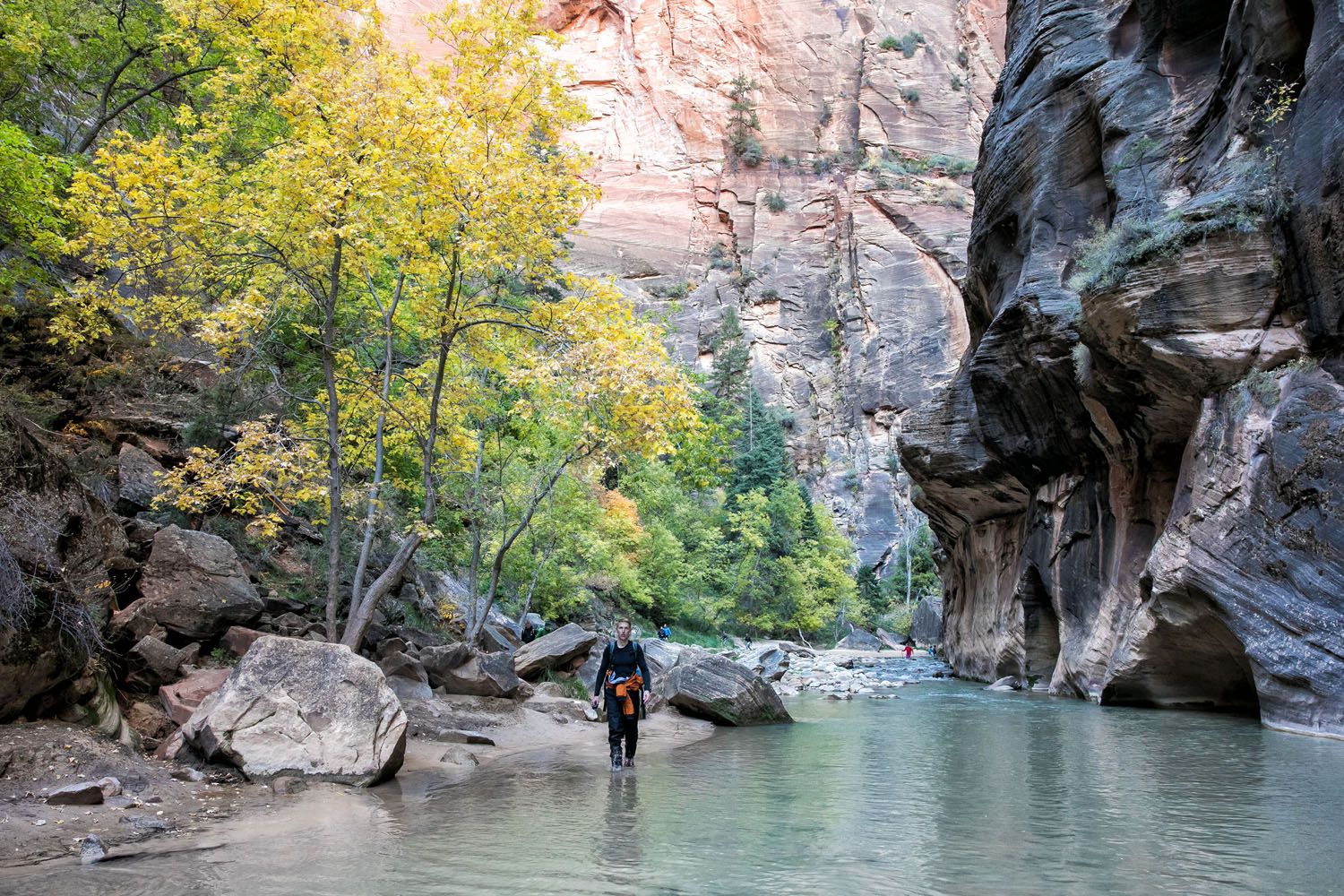
Hiking the Narrows
Top Things to Do in Zion
If you are planning your first trip to Zion and have limited time (1 to 2 days), here are the must-have experiences in the park. This list is geared towards hikers, since Angels Landing and the Narrows are not only two of the most popular hikes in the park, but also two of the best hikes in the entire US National Parks system.
Zion Canyon: Zion Canyon is a must-see, with its towering red rock walls and gorgeous valley floor. Ride the park shuttle or explore the canyon on an e-bike.
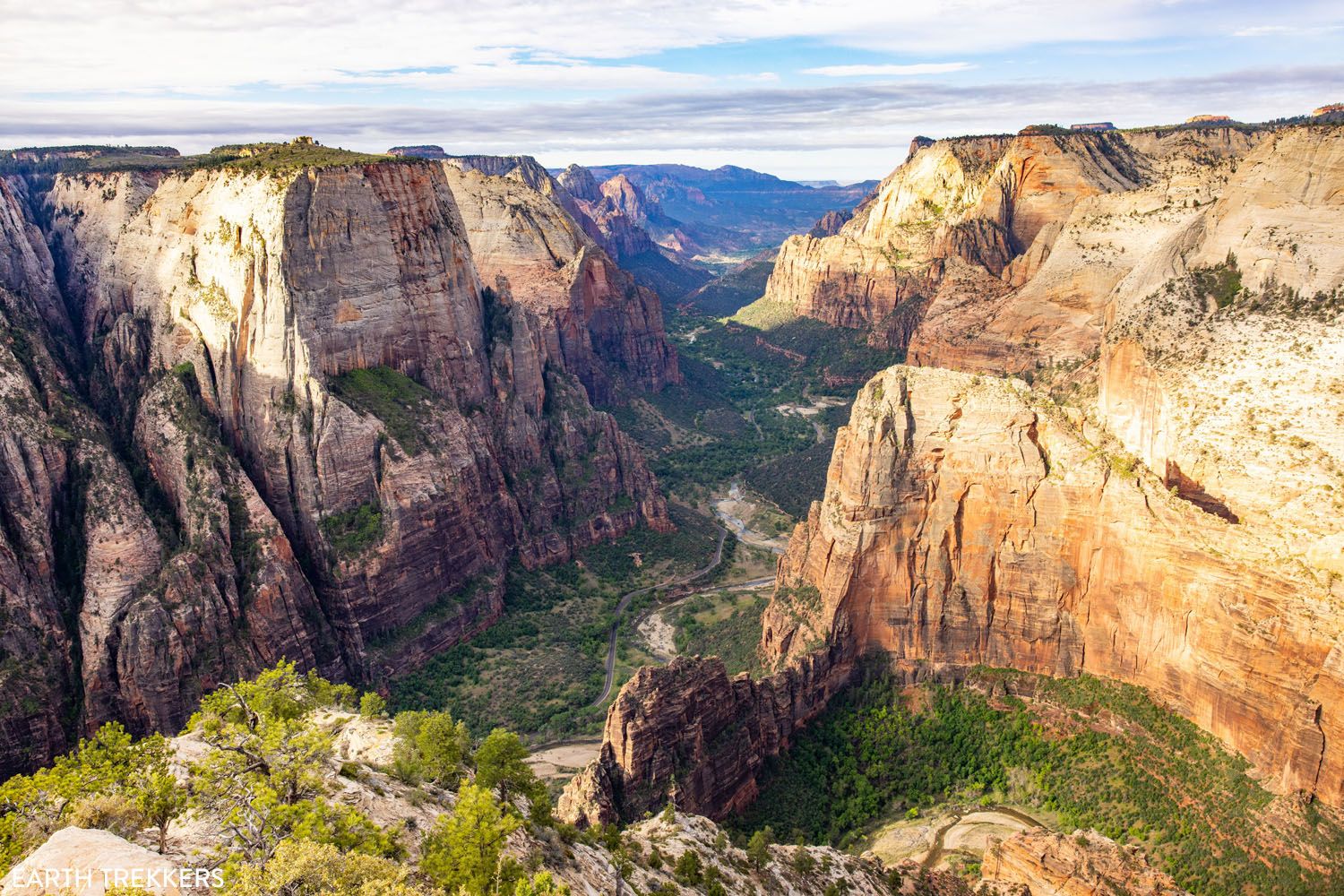
Zion Canyon (Photo taken from Observation Point)
Angels Landing: This bucket-list worthy trail is tough but thrilling, as hikers walk along a narrow ridgeline to one of the best viewpoints of the park. A permit is necessary to do this hike.

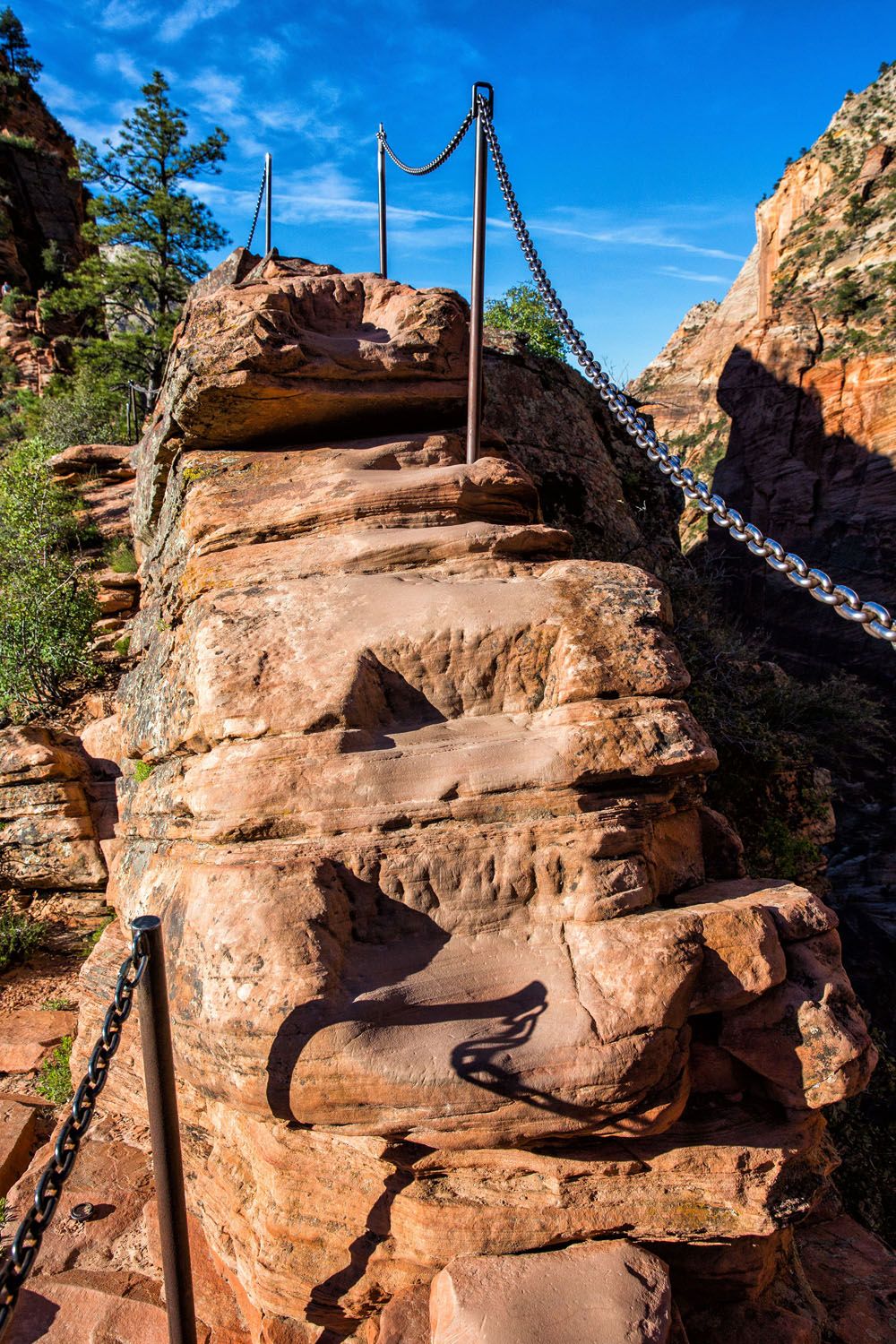
Hiking Angels Landing
The Narrows: The easier, more popular way to hike the Narrows is from the bottom-up, no permit necessary. But for the ultimate experience, hike the full length of the Narrows from the top-down. We’ve done this and as it requires a lot of advance planning, we have multiple guides on how to do it:
Drive Zion – Mount Carmel Highway into East Zion: This is a stunning drive through some of the most beautiful red rock scenery in Utah. There are numerous viewpoints and short hiking trails located along this drive.
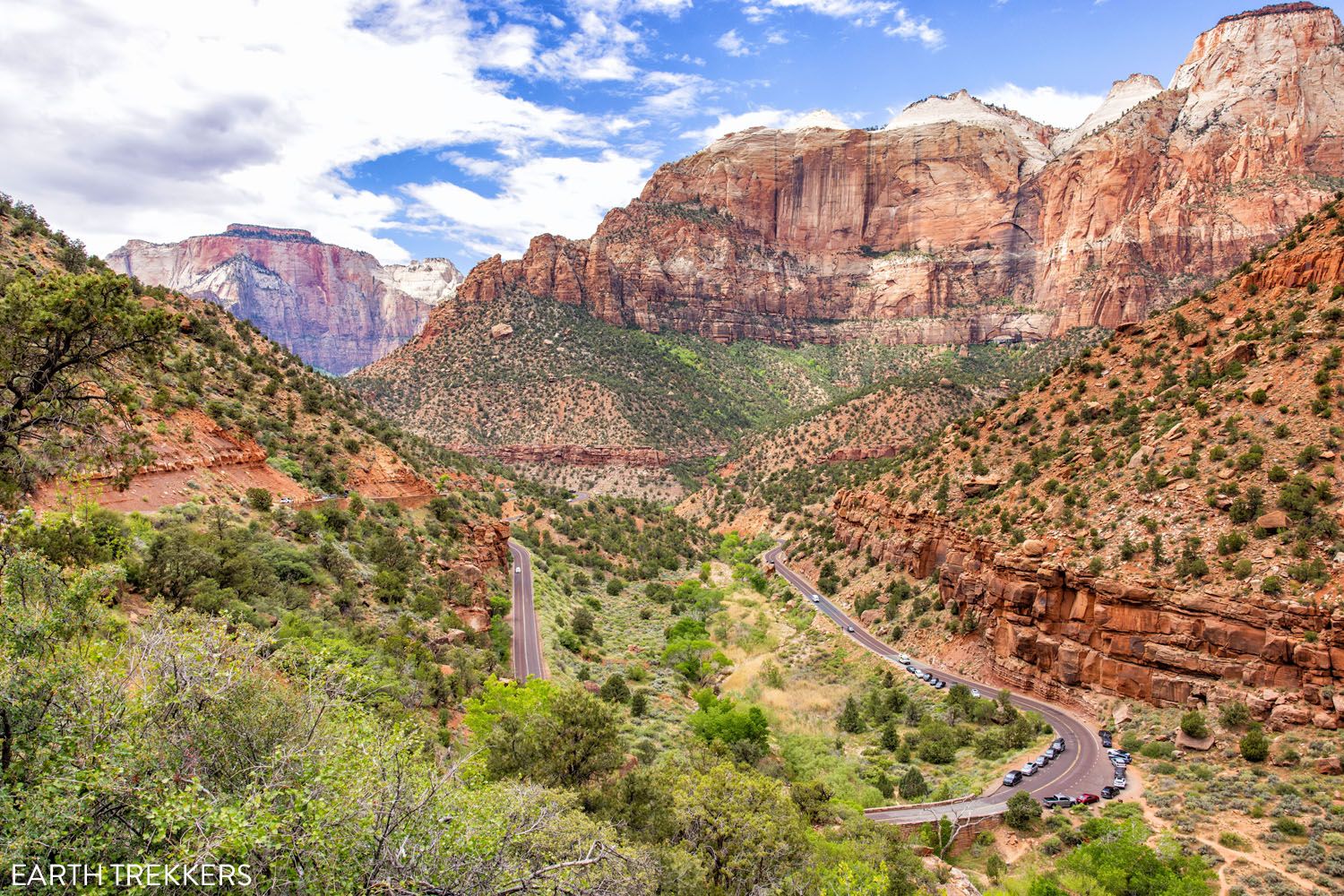
Hike to an Overlook: There are two overlooks worth putting on your list. If a short, easy trail is more your speed, don’t miss the Canyon Overlook Trail. But if you don’t mind a longer, more challenging hike, the view from Observation Point is arguably one of the best views you can get in Zion National Park.
For a longer list of things to do in Zion and a guide to the top trails in the park, take a look at these guides:
How Many Days Do You Need in Zion?
Two to three days in Zion National Park is the ideal amount of time if it’s your first visit. This gives you enough time to hike the longer, more popular trails, such as Angels Landing and the Narrows, and you can also add in a few of the shorter, easier trails, such as the Riverside Walk and Canyon Overlook.
When deciding how much time you should spend in Zion, pick out the hikes you want to do. For each big hike (a hike 5 miles or longer), add one day to your itinerary.
If you plan to hike Angels Landing, the Narrows, and Observation Point, you will need three days in Zion (it’s possible to stack Angels Landing + the Narrows from the bottom-up on the same day, but we only recommend this if you are very fit and an experienced hiker).
If you like the idea of also visiting Kolob Canyons, add a fourth day onto your Zion itinerary.
PRO TRAVEL TIP: I recommend checking the Zion National Park website for updates on trail closures to avoid any surprises. Do this when planning your Zion National Park itinerary and just before your visit.
A Sample Day in Zion National Park
Here is a general overview on how to structure your time in Zion, with tips that we have picked up during our visits to the park.
Start Early!!
Being on one of the first shuttles is the key to having a great hiking experience in Zion. This will help you avoid the crowds on the trail, which is very important if you plan to hike the Zion Narrows.
The hours the shuttle runs varies by season. As you are planning your trip, get the updated hours on the National Park Service website.
In the spring, the first shuttle leaves the Visitor Center at 7 am. In the summer, the first shuttle is at 6 am.
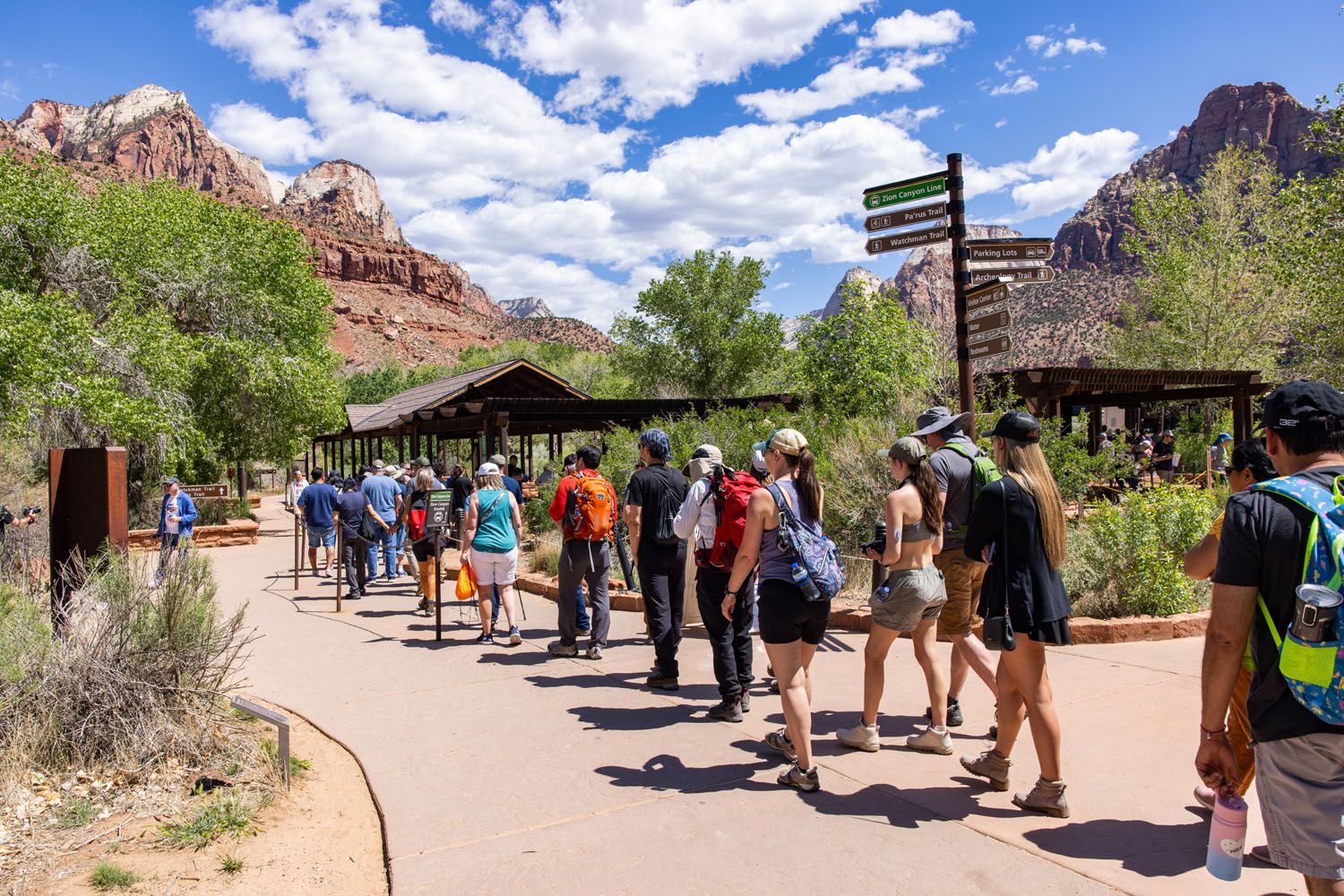
The line for the shuttle midday in May
I recommend getting in line at least 15 to 30 minutes before the first shuttle of the day if you plan to hike the Narrows (we spoke to a park ranger in 2025 and he recommended being in line 30 to 45 minutes early to be on the first shuttle of the day in peak season).
By 8 am, the line can be very long to take the shuttle into the park.
Morning
In the morning, hike one of the longer, more strenuous trails: Angels Landing, the Narrows from the bottom-up, or Observation Point. We recommend doing Angels Landing in the morning, especially if your visit will be from April through early October, as temperatures will be much cooler in the morning. Don’t forget to apply for a permit!
Midday
Midday, have a picnic lunch in the park or grab a bite to eat at the Zion Lodge or at the Visitor Center. You can also exit the park, have lunch in Springdale, and relax in your hotel for a few hours. This is what we do, and it works great because we avoid the hot temperatures and high crowd levels midday.
Afternoon
In the afternoon, you have two options:
Option #1 is to drive Zion-Mount Carmel Highway through east Zion. This is a great time to hike to Canyon Overlook. If you like the idea of hiking a short, off-the-beaten-path trail, put the Many Pools Hike on your list.
Option #2 is to do another hike in Zion Canyon. Emerald Pools, the Riverside Walk, and the Narrows from the bottom-up (if you didn’t do it this morning) are all great options.
Have dinner in Springdale.

Zion Narrows
Planning Your Zion National Park Itinerary
One Day in Zion
With one day in Zion National Park, getting an early start is critical for the best experience.
Take the first shuttle of the day and hike the trail of your choice. For most people, that would be Angels Landing or the Zion Narrows. If you plan to hike Angels Landing, you must have a permit.
If you are fit and fast, you can hike both trails on the same day. Hike Angels Landing in the morning, take a break and recharge midday, and hike the Narrows from the bottom-up in the late afternoon.
Or, hike a longer trail in the morning, have lunch midday at the Zion Lodge or in Springdale, and then hike a short trail in the afternoon. Watch the sunset from the Pa’rus Trail and have dinner in Springdale.
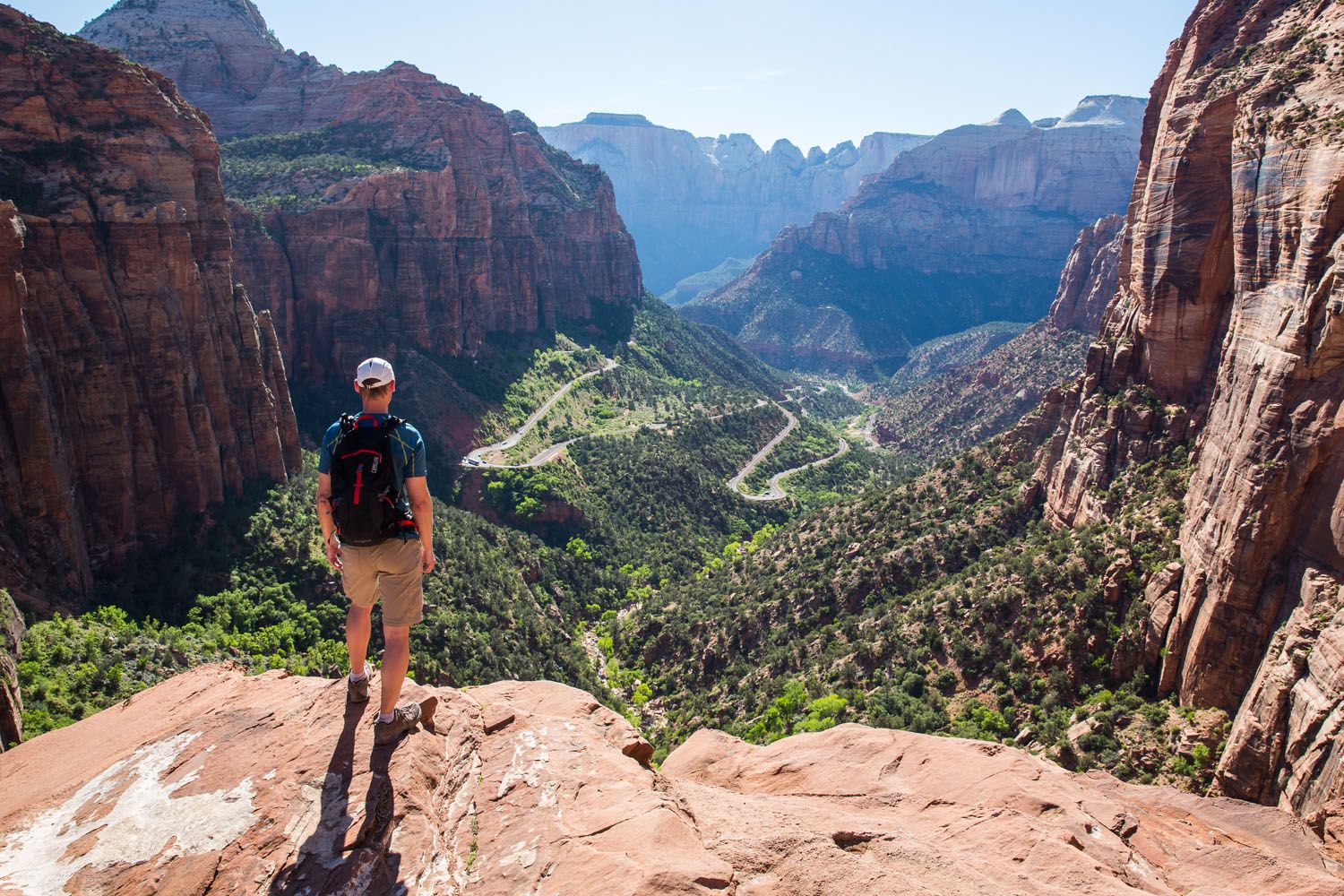
Canyon Overlook
Two or More Days in Zion National Park
Below are sample daily itineraries. These itineraries group together popular experiences in Zion, typically a longer hike in the morning with a short hike in the afternoon or a scenic drive. Pick out the days that look the most interesting to you, to create your own custom itinerary.
1 Day: Angels Landing + Emerald Pools
Hike Angels Landing in the morning (don’t forget to apply for a permit!). After the hike, have lunch at Zion Lodge. You have the option to do the Emerald Pools hike after lunch. Today is the perfect time to do it, as you are in Zion Canyon and the trailhead is close to Zion Lodge.
1 Day: Observation Point + East Zion
Before a massive rockfall in 2019, the best way to hike to Observation Point was via the Weeping Rock Trailhead in Zion Canyon. This trailhead (which is the start of the Weeping Rock hike, Observation Point, and Hidden Canyon) has been closed since 2019 with no sign of reopening anytime soon.
Now, the best way to get to Observation Point is via the East Mesa Trailhead, which sits outside of Zion National Park. We cover exactly how to get here and do this hike in our guide to Observation Point.
How to Hike to Observation Point for Jaw-Dropping Views of Zion
Step-by-step guide for hiking to Observation Point.This afternoon, you’ll drive Zion-Mount Carmel Highway to get back to Springdale, so this is the perfect time to visit the viewpoints and other short hikes along this drive (our favorites are the must-do Canyon Overlook Trail and the lesser-known Many Pools Trail).
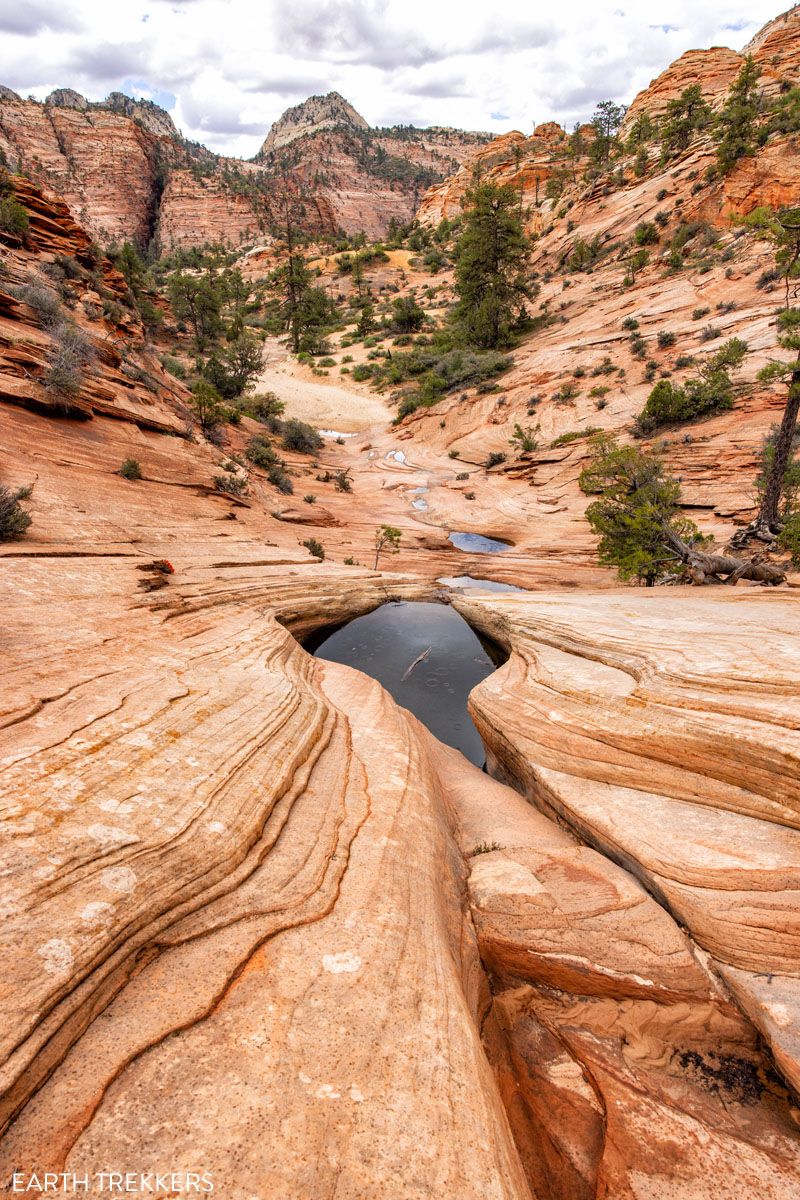
Many Pools Trail
1 Day: Kolob Canyons
Kolob Canyons is a small, remote corner in the northwestern part of Zion National Park. Drive Kolob Canyon Road, hike the short but sweet Timber Creek Overlook Trail, and hike the Taylor Creek Trail, our favorite experience in Kolob Canyons. Kolob Canyons takes a half to a full day, depending on how much hiking you do.
Kolob Canyons in Zion: Best Things to Do & Is It Worth It?
Everything you need to know to plan a visit to Kolob Canyons.1 Day: The Narrows from the Bottom-Up
Be on the first shuttle of the day. Get off at the Temple of Sinawava and walk the Riverside Walk to the Virgin River. Hike the Narrows as far as you like, or until you reach Big Springs.
1 to 2 Days: The Narrows from the Top-Down
This is one of the most epic hiking experiences in Zion National Park. You can do this over two days, camping along the Virgin River, or you can do it as a big day hike.
Zion Narrows Top-Down Route: Stats, Map & How to Do It
Everything you need to know to hike the Narrows from the top-down.1 to 2 Days: West Rim Trail
This long-distance trail starts near Kolob Canyons and ends near Angels Landing. You essentially hike from one side of Zion to the other. Like the Narrows from the top-down, this can be done as a two-day backpacking trip or as a massive day hike.
How to Day Hike the West Rim Trail in Zion National Park
Step-by-step trail guide for the underrated West Rim Trail.1 Day: The Subway
The Subway is another popular hike in Zion. Like the Narrows, it can be done from the bottom-up (9 miles round trip, strenuous) or from the top-down (9.5 miles, canyoneering experience and special gear required). This will take all day. A permit is required for both routes.
Putting this Together
Below are two sample itineraries. The first itinerary is geared towards those who prefer to day hike the Narrows. The second itinerary is written for those who want the experience of hiking the Narrows from the top-down as a backpacking trip.
If you have just a few days, pick out your favorite days to create your Zion itinerary for the amount of time you have available.
Option #1: Zion Itinerary with a Day Hike in the Narrows
Day 1: Angels Landing, lunch at Zion Lodge, Emerald Pools
Day 2: Observation Point, Zion-Mount Carmel Highway, Canyon Overlook Trail
Day 3: Zion Narrows Bottom-Up or Zion Narrows Top-Down as a Day Hike
Day 4: Kolob Canyons
Day 5: West Rim Trail or the Subway
Day 6: Cycle through Zion Canyon on an e-bike in the morning and in the afternoon take a helicopter ride over the park
Option #2: Zion Itinerary with a 2-Day Backpacking Trip in the Narrows
Day 1: Angels Landing, lunch at Zion Lodge, Emerald Pools
Day 2: Observation Point, Zion-Mount Carmel Highway, Canyon Overlook Trail
Day 3 & 4: Zion Narrows Top-Down Backpacking Trip
Day 5: Kolob Canyons
Day 6: West Rim Trail or the Subway
Day 7: Cycle through Zion Canyon on an e-bike in the morning and in the afternoon take a helicopter ride over the park
These are long days with lots of back-to-back hikes. Consider adding an extra day for a little relaxation, to recharge your legs. If you plan to hike the Narrows, you will need some time in Springdale to get your gear, if you do not have your own.
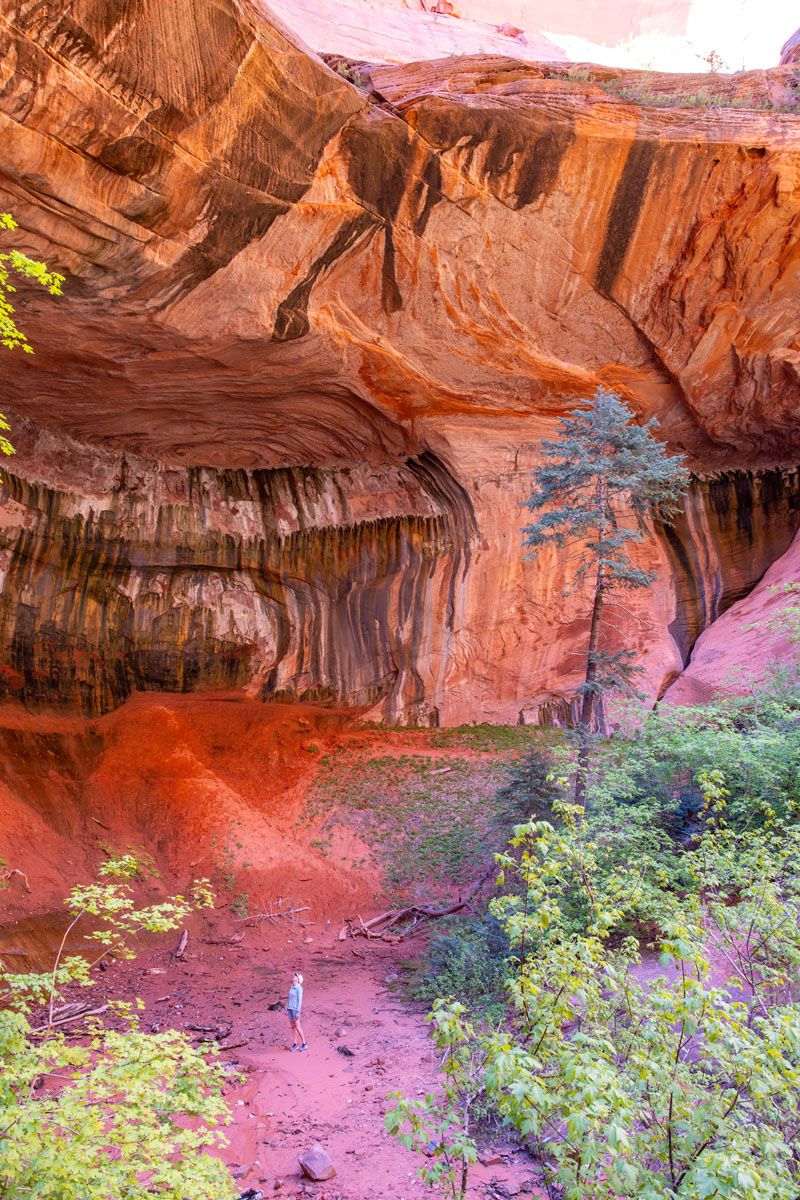
Double Arch Alcove in Kolob Canyons
How to Get Around Zion
The Zion Shuttle
For most of the year (mid-February through November), the Zion Shuttle is in operation. During this time, private vehicles are not permitted to drive on Zion Canyon Scenic Drive.
From mid-February through mid-March, the shuttle operates on the weekends and private vehicles are allowed on Zion Canyon Road on the weekdays. The shuttle operates 7 days a week beginning mid-March. For the full schedule and hours of operation, visit the NPS website.
Park at the Visitor Center or take the Springdale Shuttle to the main entrance. You can hop on the shuttle at the Visitor Center and ride it to the Temple of Sinawava. If you are heading into the park to go hiking, make sure you know the correct shuttle stop for your hike.
Starting mid-morning, lines to board the Zion Shuttle can be very long. We are talking an hour wait or longer. To have the best experience, plan on being on one of the first two shuttles of the day. During peak season and holiday weekends, plan to get in line 30 minutes before the first shuttle.
If you get to Zion and find that lines to board the shuttle are ridiculously long, there is still plenty to do in Zion without riding the shuttle. Read our article Things to Do in Zion if You Don’t Want to Ride the Shuttle for more information.
Springdale Shuttle
There is a second shuttle system, the Springdale Shuttle, that connects the hotels in Springdale with the main entrance of Zion.
This shuttle is a great option for getting around the town of Springdale (parking at some restaurants is limited). It’s also a great idea to ride the Springdale Shuttle to the Zion visitor center if you will be arriving at the visitor center between 8 am and 2 pm (the parking lot at the visitor center can fill by 8 am, and sometimes as early as 7:30 am, during peak season).
Where Are You Permitted to Drive in Zion?
Zion – Mount Carmel Highway is open to vehicles all year. However, there are limited hours that oversized vehicles (RV’s, tour buses, and trailers) can drive this road. Sometime in 2026, the rules will change and this road will only be open to standard vehicles. Get details on the official website.
Private vehicles are allowed on Zion Canyon Scenic Drive when the shuttle is not running (January, February, and the beginning of December). Just be aware that parking is limited so it still helps to get an early start.
Private vehicles are also allowed to drive in Kolob Canyons.

Walters Wiggles on the hike to Angels Landing
Best Time to Visit Zion
The spring and fall months are the best times to visit Zion. This is when the weather is relatively mild.
In the summer, temperatures can soar above 105°F, and this hot weather can make hiking dangerous. If you are planning a summer visit, hike early in the morning to avoid the dangerous midday heat.
In fall and spring, high temperatures range from 75 to 95 degrees, depending on the month. Our favorite time to visit Zion is in mid-October, when the weather is still warm and the trees show a hint of fall color.
Winter gets cooler temperatures, but with high temperatures ranging from 55 to 65°F, it might not get as cold as you would expect. This is a great time to avoid the crowds, just be prepared for chilly mornings and evenings.
May, June, and July tend to be the busiest months of the year to visit Zion National Park.
Zion National Park appears in our Best US National Parks Month-By-Month series as a great park to visit in January, October, November, and December.
Where to Eat & Stay
Springdale is the best location for visiting Zion National Park. This small town sits at the south entrance of the park and has a long list of restaurants and hotels of all budgets to choose from.
Recommended Restaurants
We cover where to eat in our article How to Plan Your First Trip to Zion (coming soon), but here are a few of our favorites:
King’s Landing Bistro: This is our favorite restaurant and we dine here at least once every time we visit Zion. The food is fantastic and they offer indoor and outdoor seating.
Oscar’s Café: A great restaurant to refuel after hiking. On the menu are tacos, burgers, and rice and beans.
Speakeasy Bar: We discovered this ‘hidden gem’ on our most recent visit to Zion. This cocktail bar is tucked away inside of FeelLove Coffee.
Where to Stay
If you want to stay in the park, Zion Lodge has an unbeatable location in Zion Canyon. There are also campgrounds located near the visitor center.
Springdale is an excellent place to stay, with some hotels within walking distance of the visitor center (we recently stayed at Cable Mountain Lodge and it is now our go-to hotel in Springdale). The Springdale Shuttle also makes it very easy to get around.
You can stay farther out, with Virgin being a good option. This is a good place to look if you are traveling on a budget or planning a visit last minute, when the Springdale hotels are sold out/ridiculously expensive.
Here are a few of our top recommended hotels:
Zion National Park Lodge. This is the only lodge inside of Zion National Park. Due to its excellent location, make your reservations far in advance (at least 6 months in advance).
Cable Mountain Lodge. This is where we stayed on our most recent visit and it is now our go-to hotel in Springdale. This is as close as you can get to Zion National Park without staying inside of the park. Located near the Visitor Center, this highly-rated hotel offers some rooms that can accommodate up to 8 people.
Flanigan’s Inn. This very highly rated property has a wide range of room types. Some rooms can accommodate up to six people and you also have the option to stay in your own private house. Prior guests love the location and state that they could walk to Zion National Park.
Red Rock Inn Cottages. Stay in a one or two-bedroom cottage. Some cottages have a seating area and kitchen. Free breakfast is offered daily.
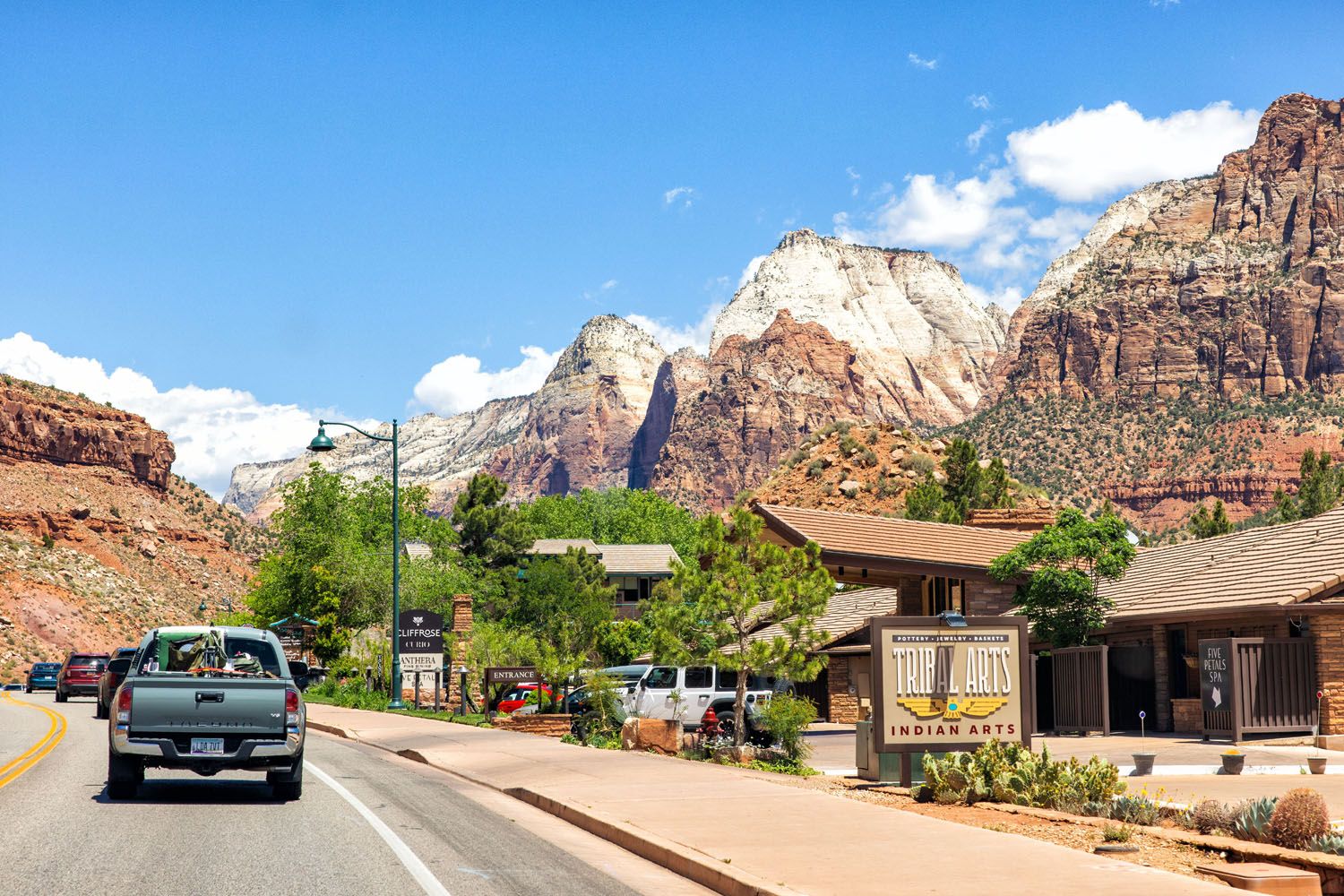
Springdale
Road Trip Ideas
Combining Zion National Park with other nearby national parks makes an excellent road trip idea. You can either combine Zion with one or more of the other parks in Utah (Utah’s Mighty 5) or do a loop from Las Vegas where you add on the Grand Canyon.
For an overview about Utah’s Mighty 5, read our guide to Utah’s Mighty 5.
For ideas on how to plan a one to two week road trip through Utah, where you visit Bryce Canyon, Capitol Reef, Arches, and Canyonlands National Parks, take a look at our post The Ultimate Utah National Parks Road Trip Itinerary.
If you have 14 days, check out our Two Week American Southwest Itinerary: Grand Canyon & Utah’s Mighty 5. On this epic road trip, you get to visit six national parks (including Zion) as well as Monument Valley, Antelope Canyon, and several great state parks in Utah.
Practical Information
Zion National Park is open 24 hours a day, 365 days a year.
The entrance fee is $35 and is valid for 7 days.
Learn more about the Angels Landing permit on the National Park Service website.
PRO TRAVEL TIP: Check for trail closures, road closures, and get important updates before your visit on the official National Park Service website.
If you have any questions about planning your Zion National Park itinerary, let us know in the comment section below.
More Information for Your Trip to Zion
We have TONS more information about Utah in our Utah Travel Guide.
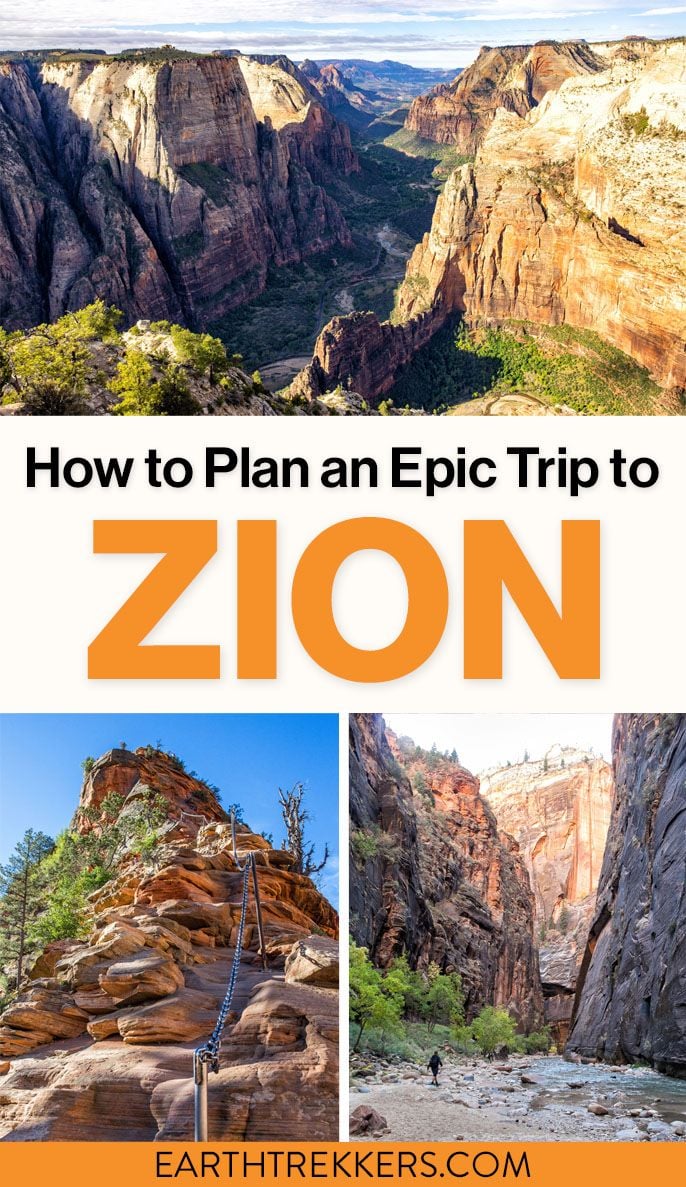
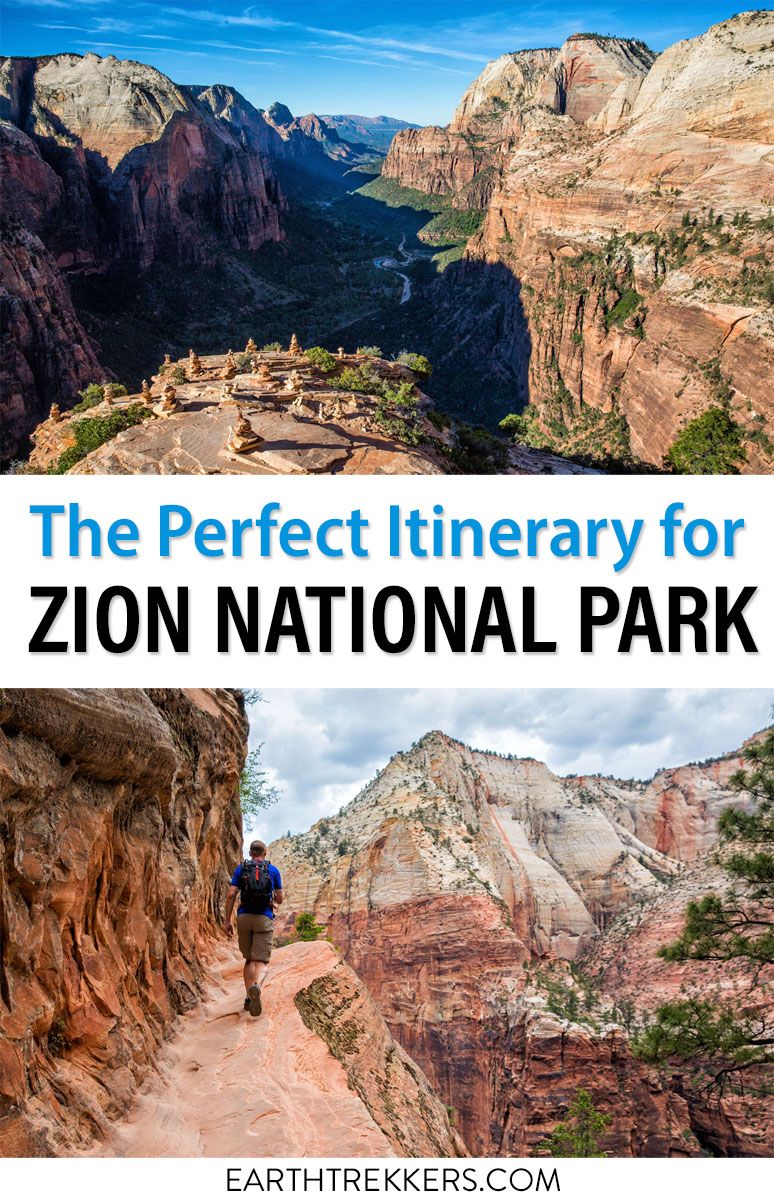

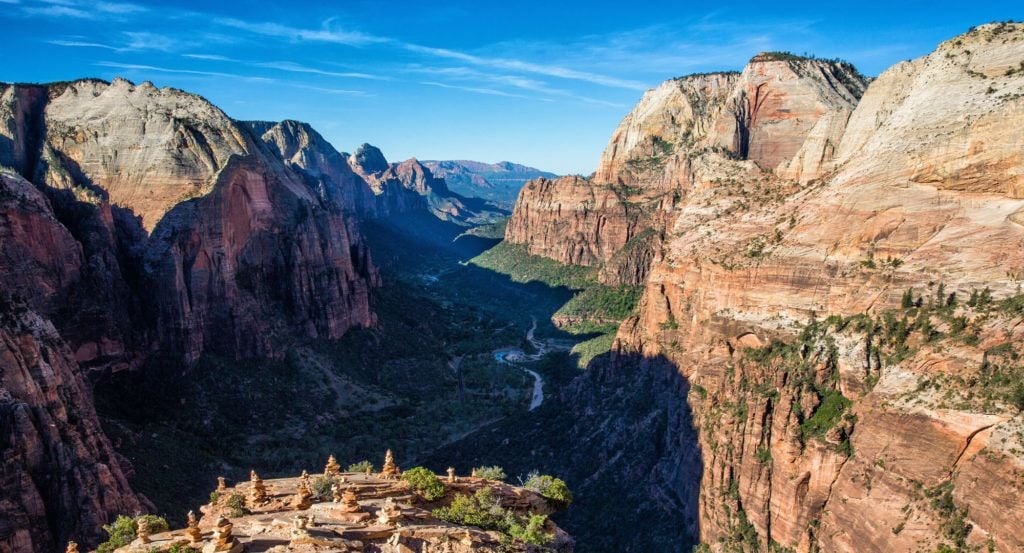
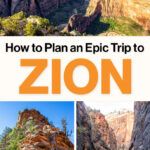
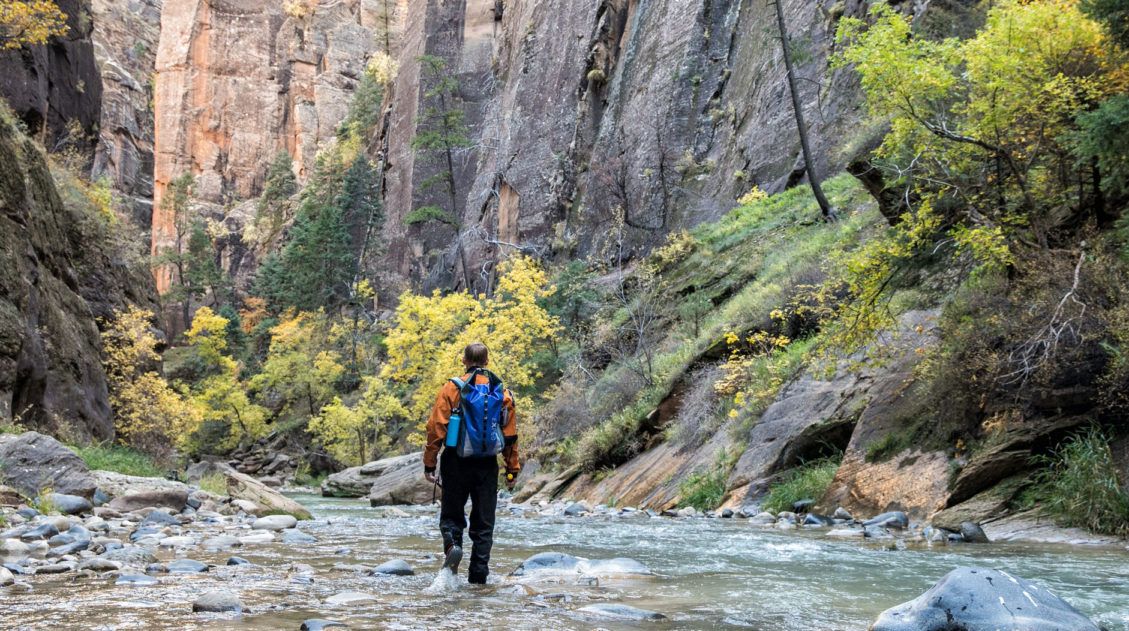
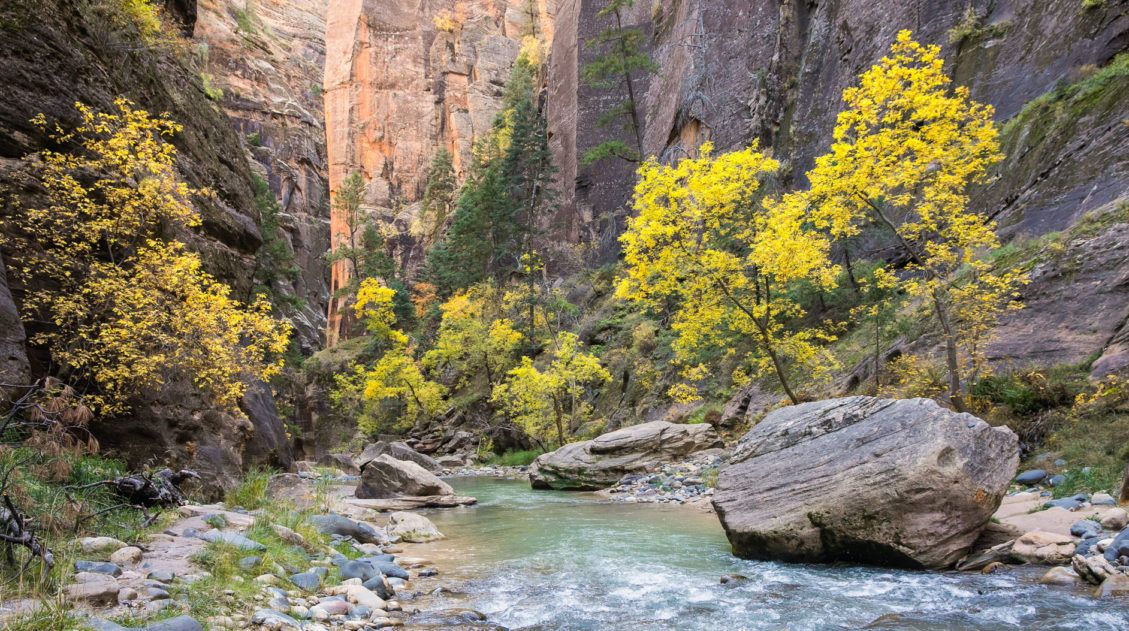
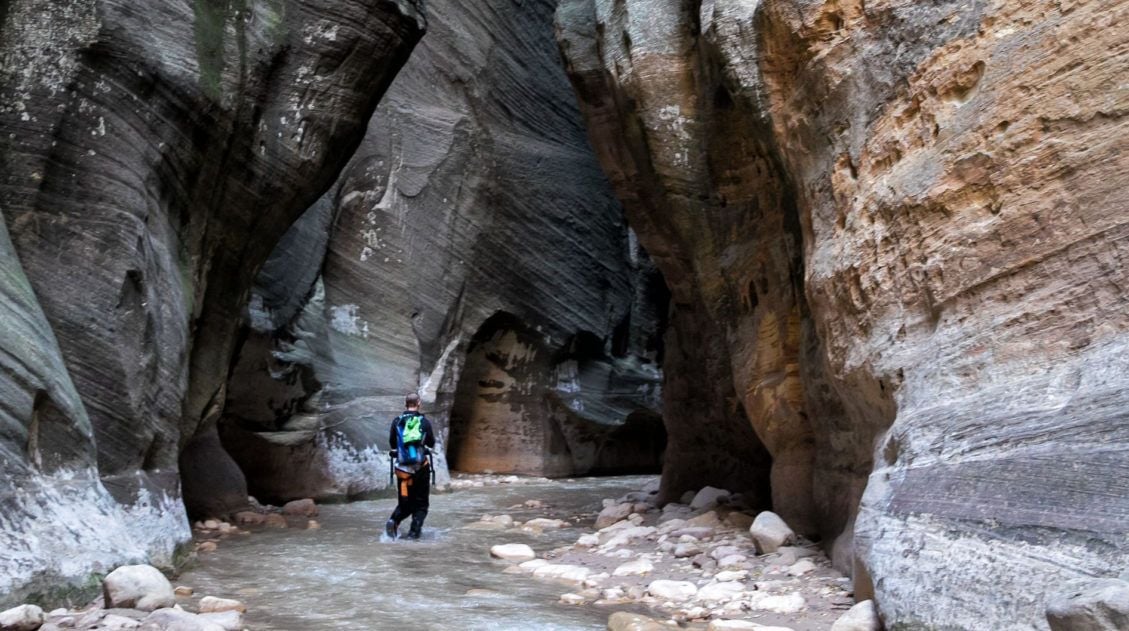

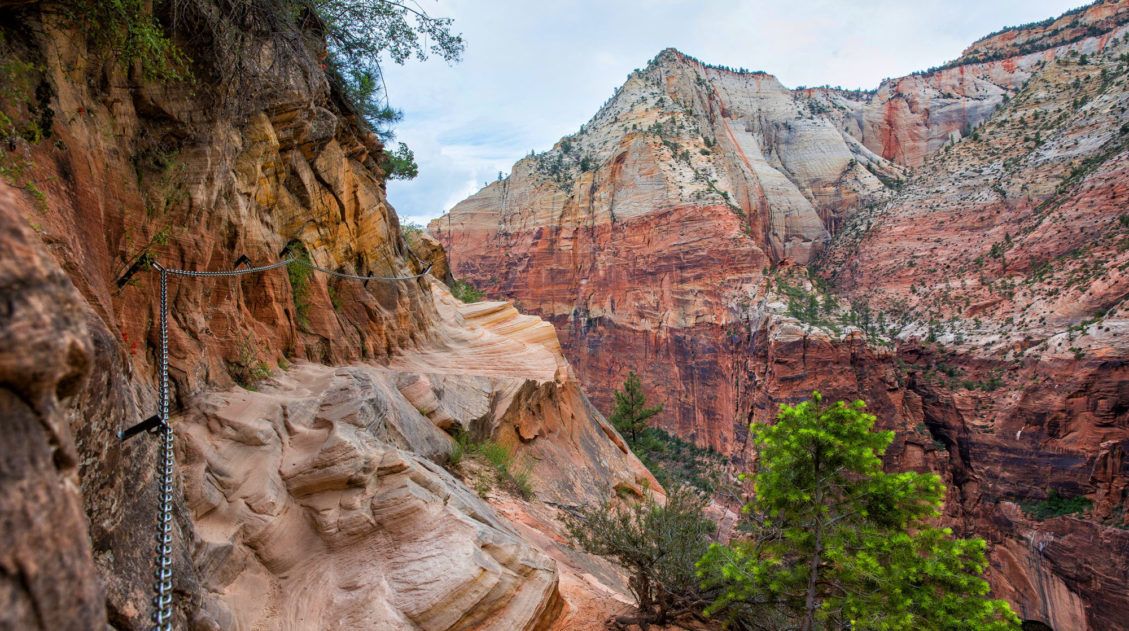
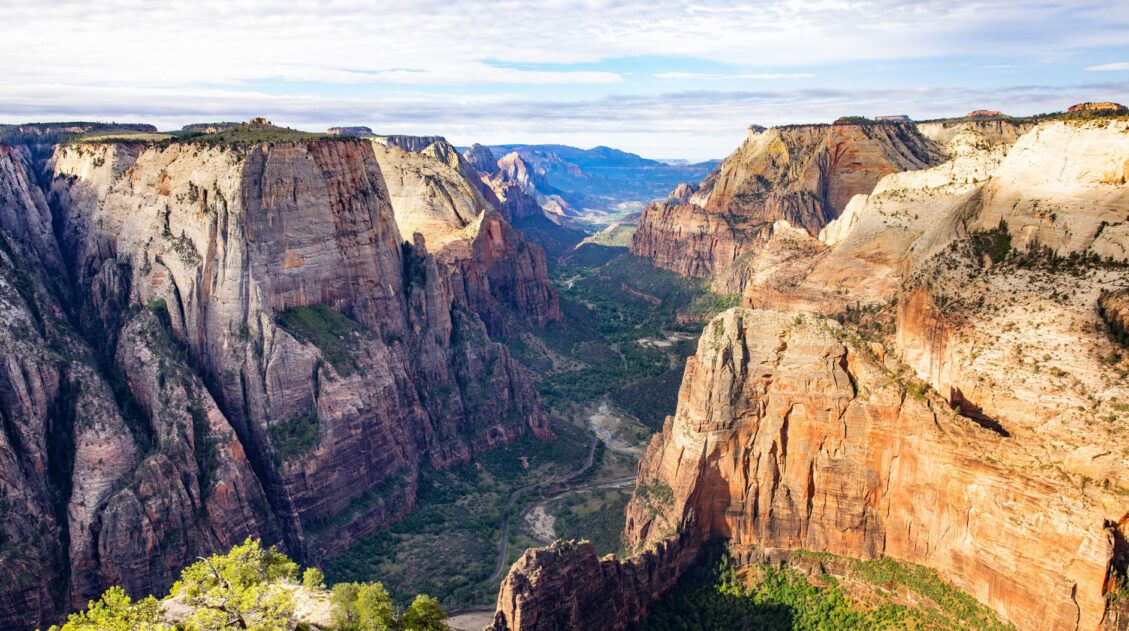

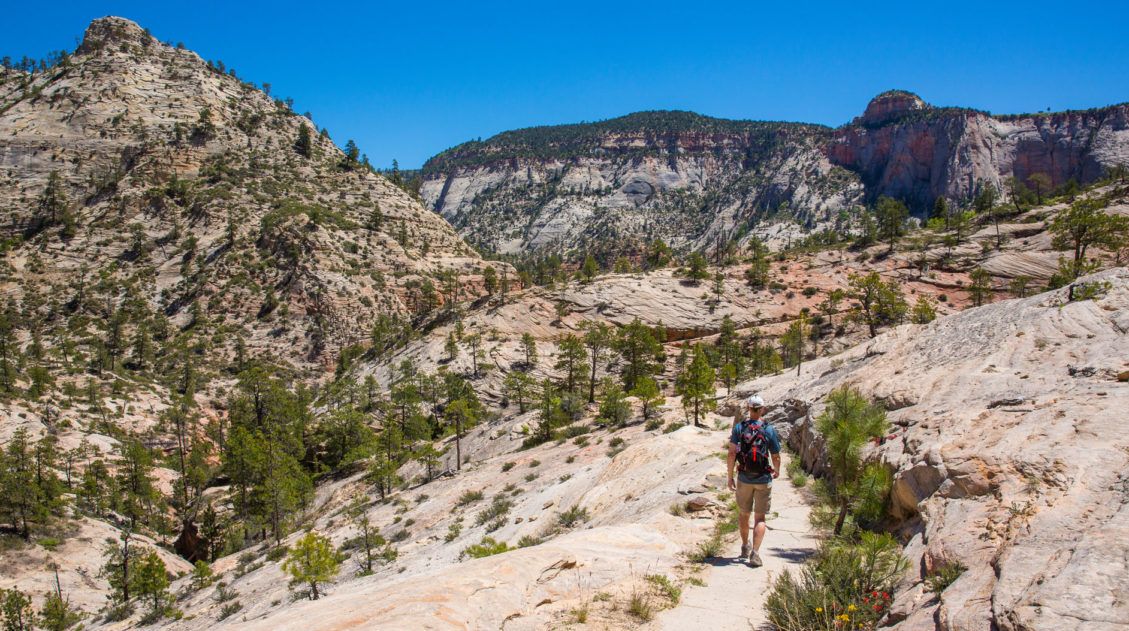
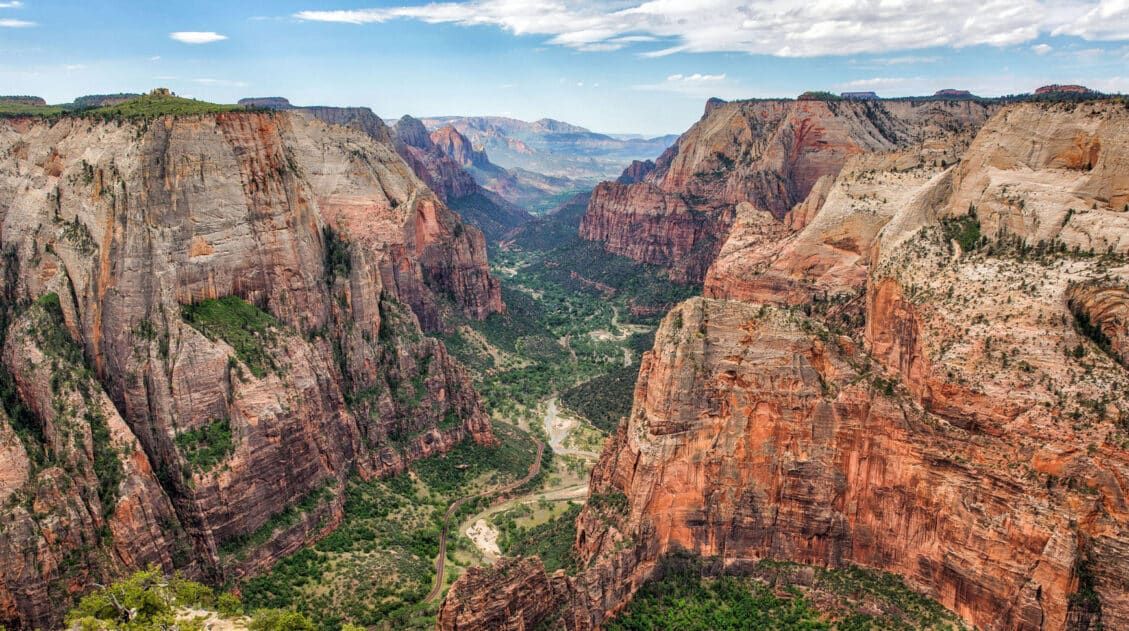
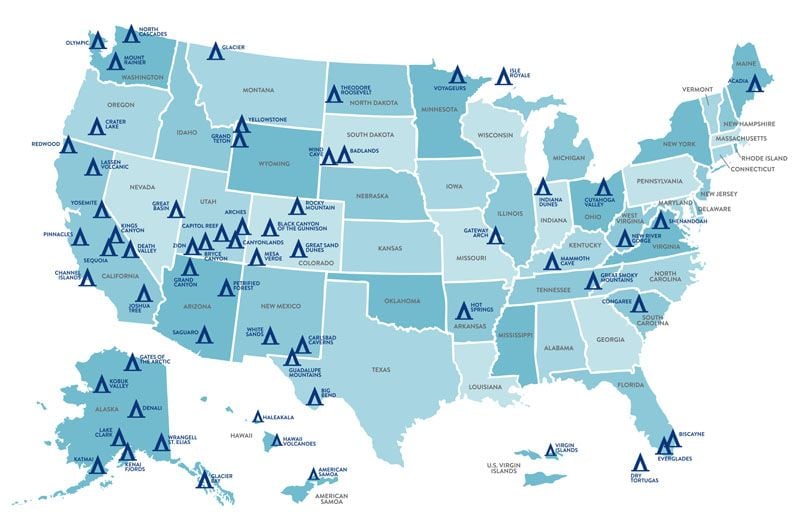
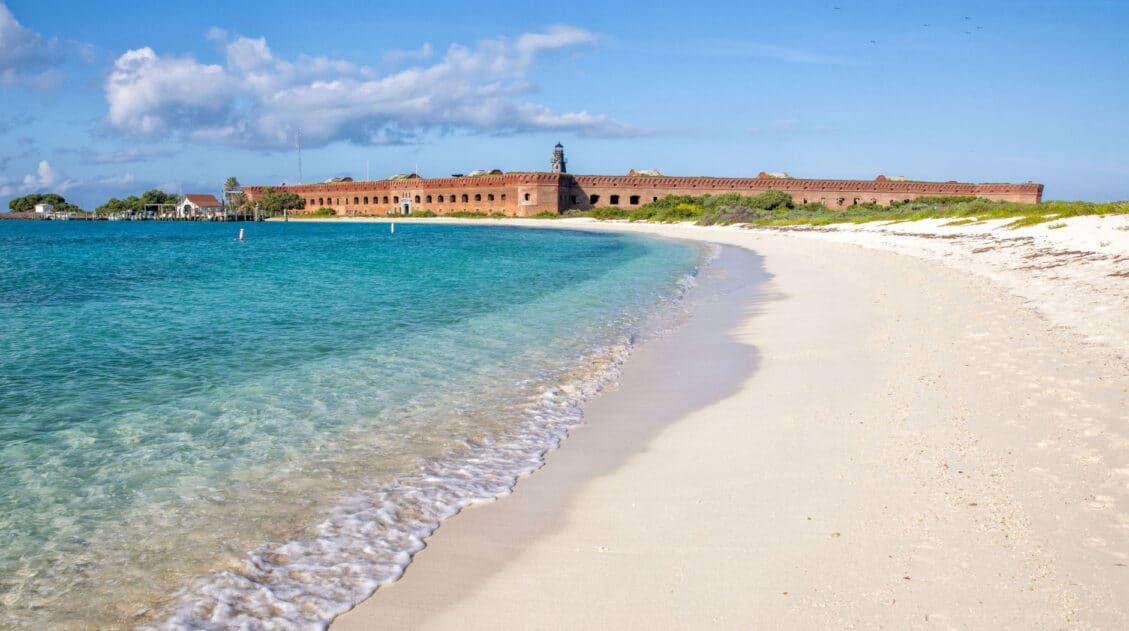
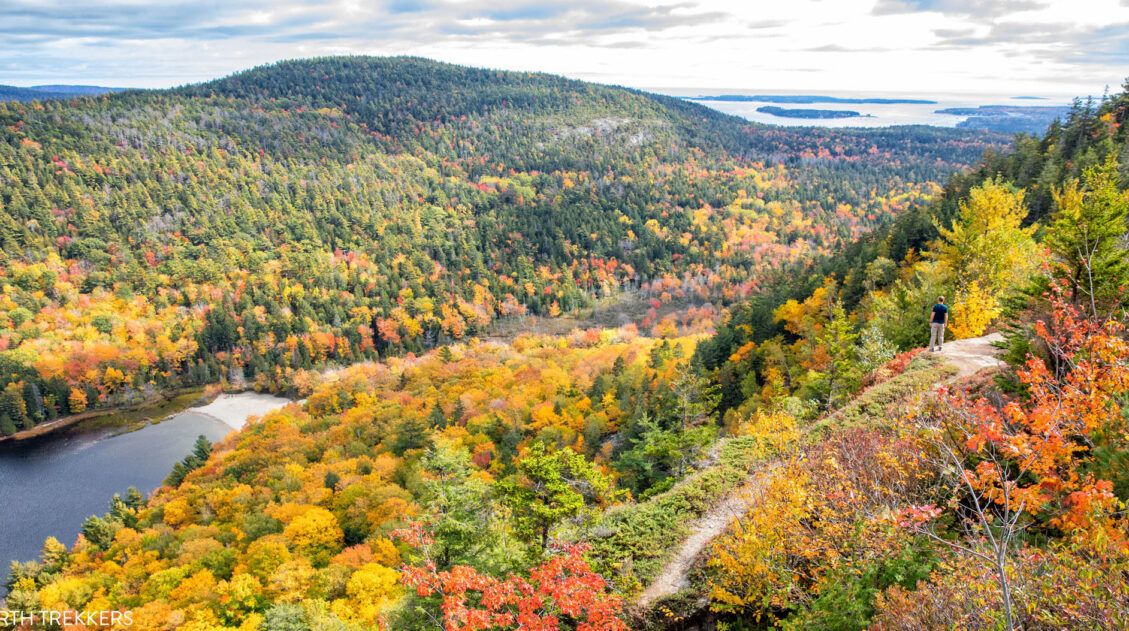
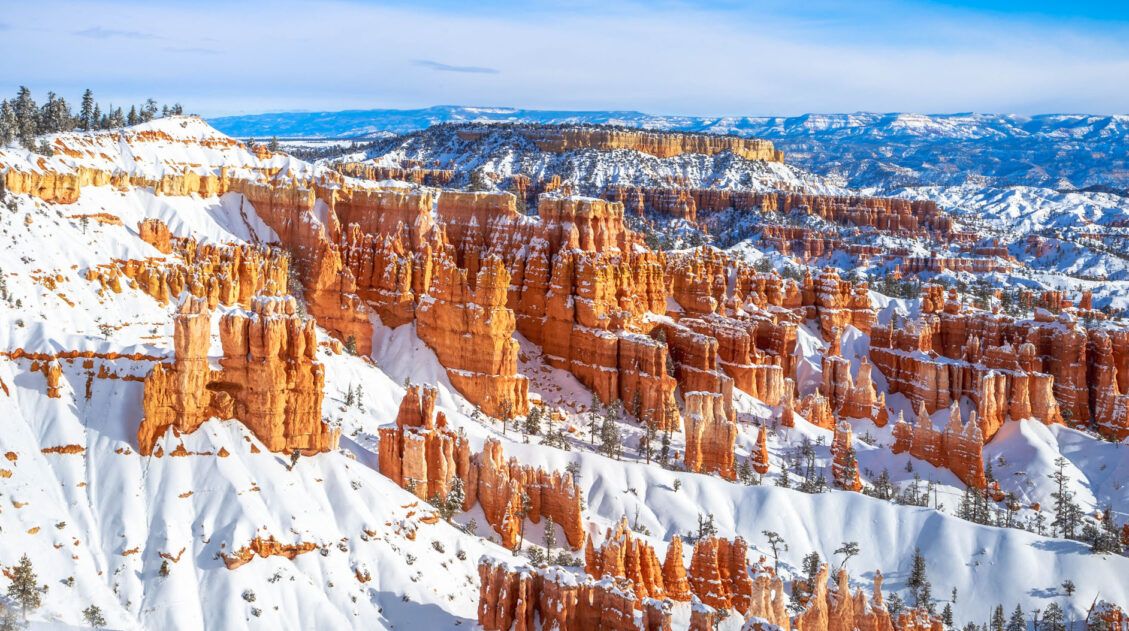
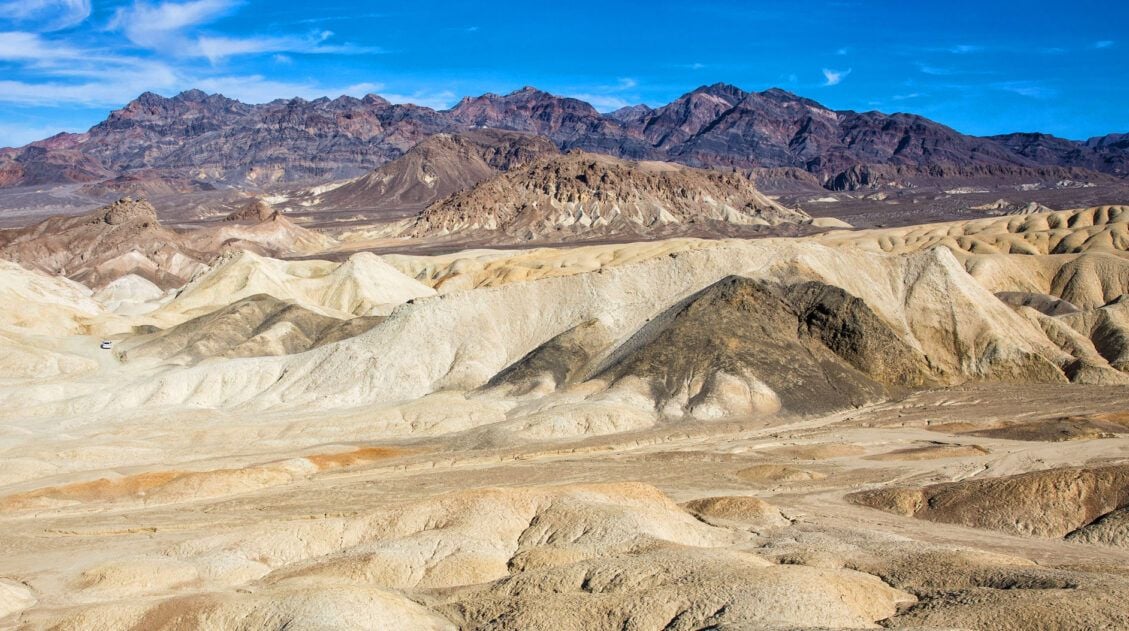
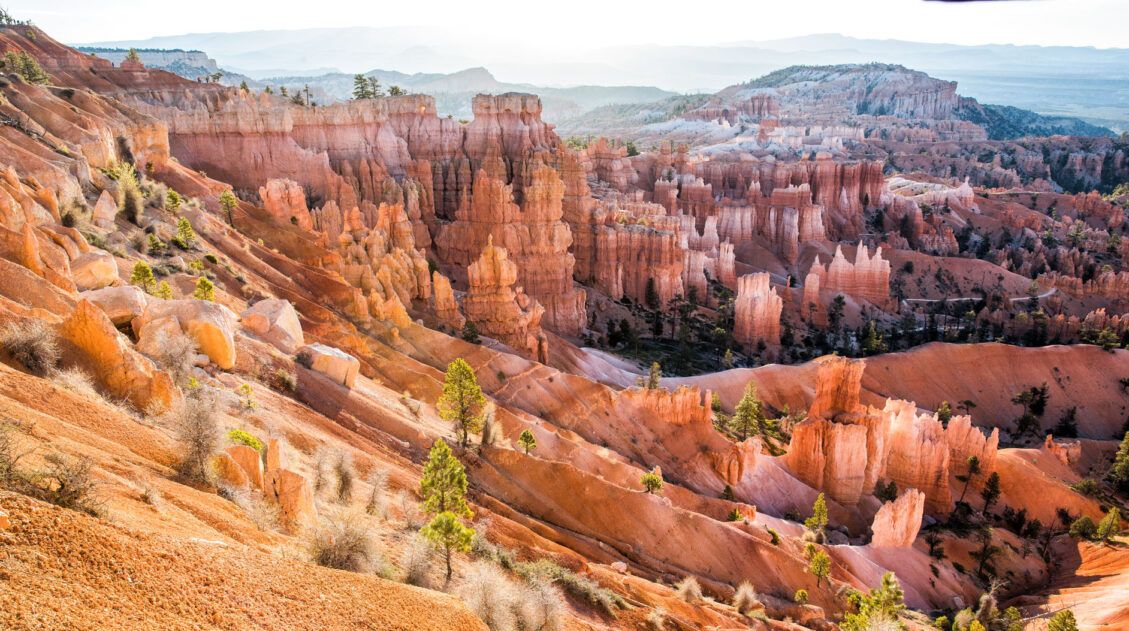
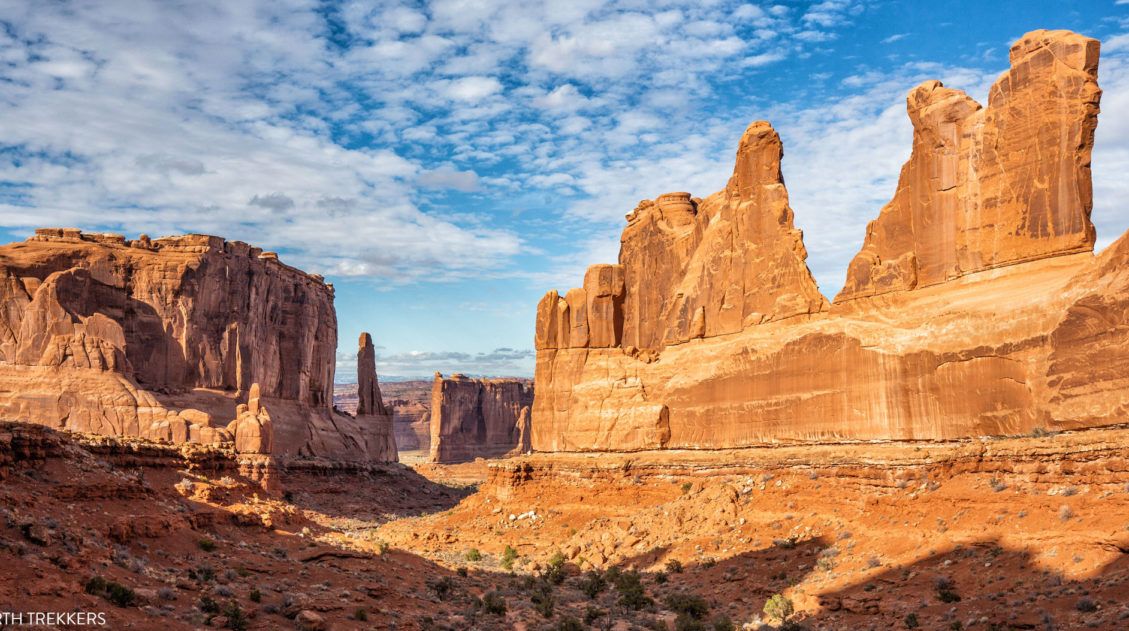
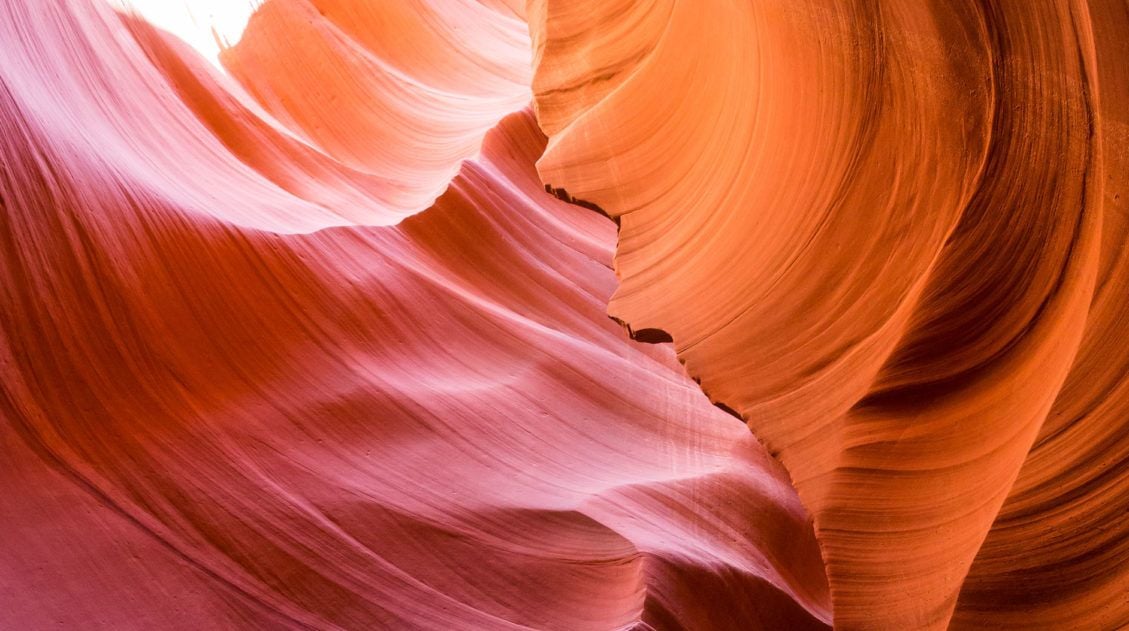
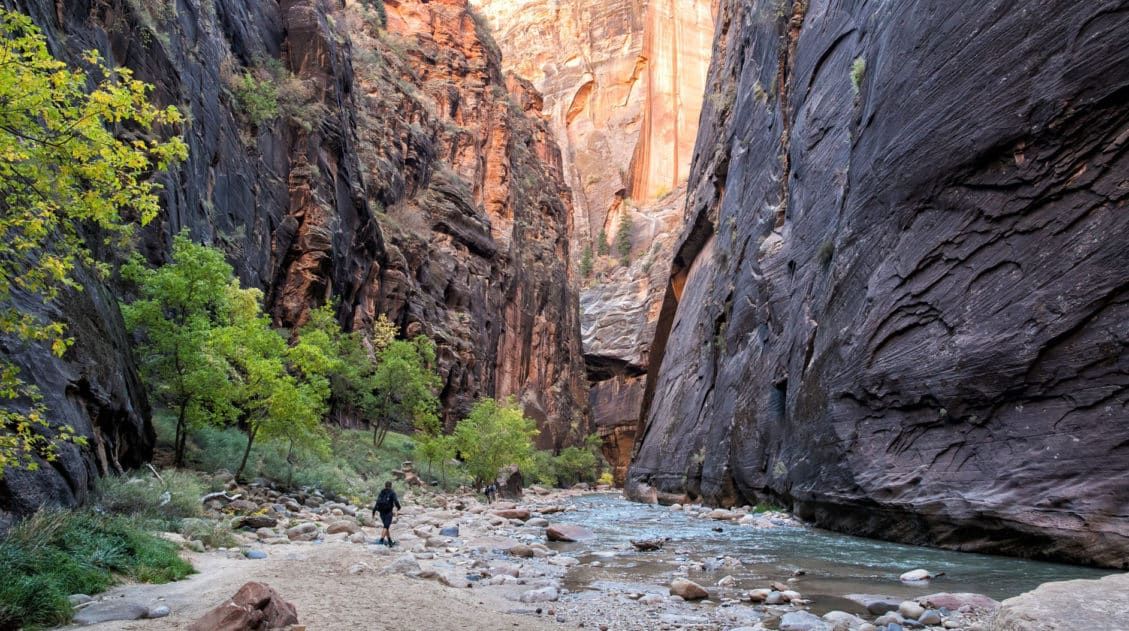
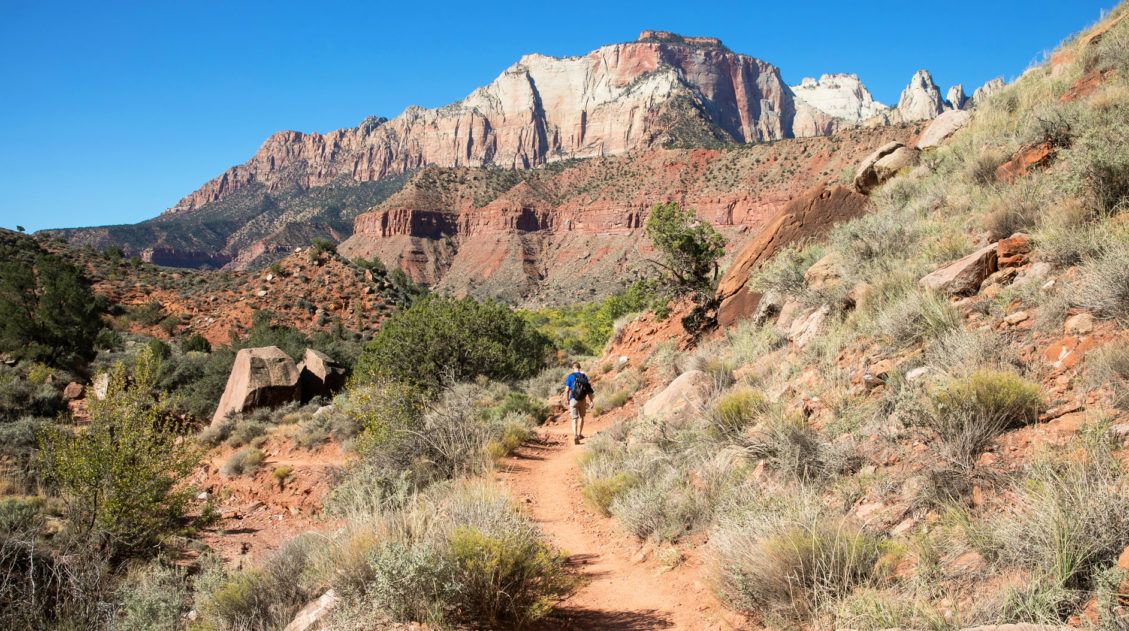
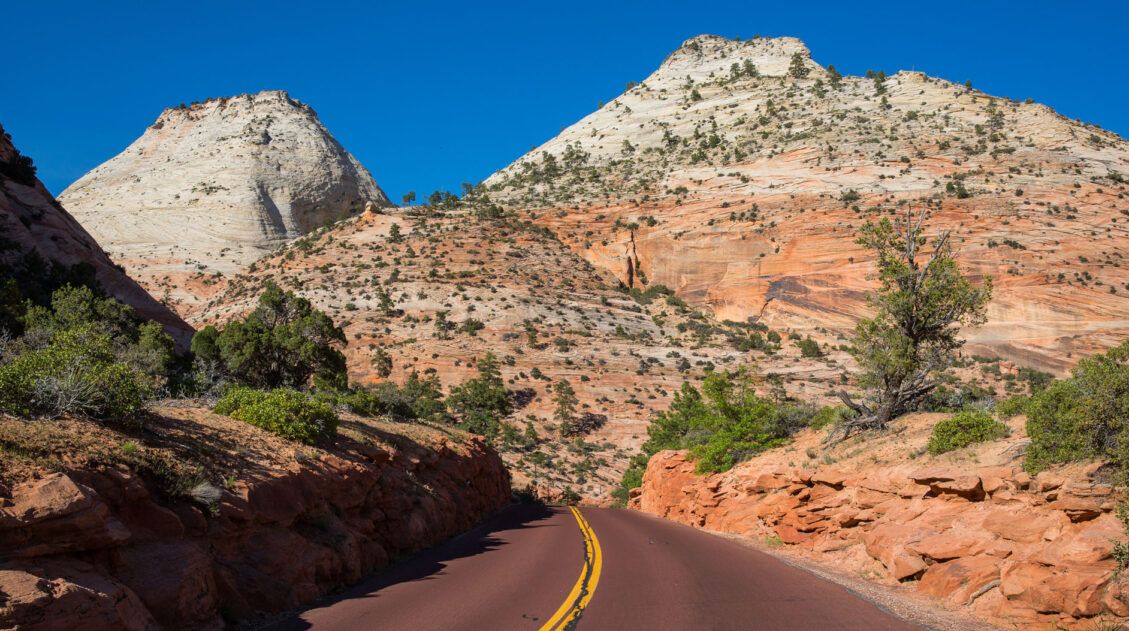
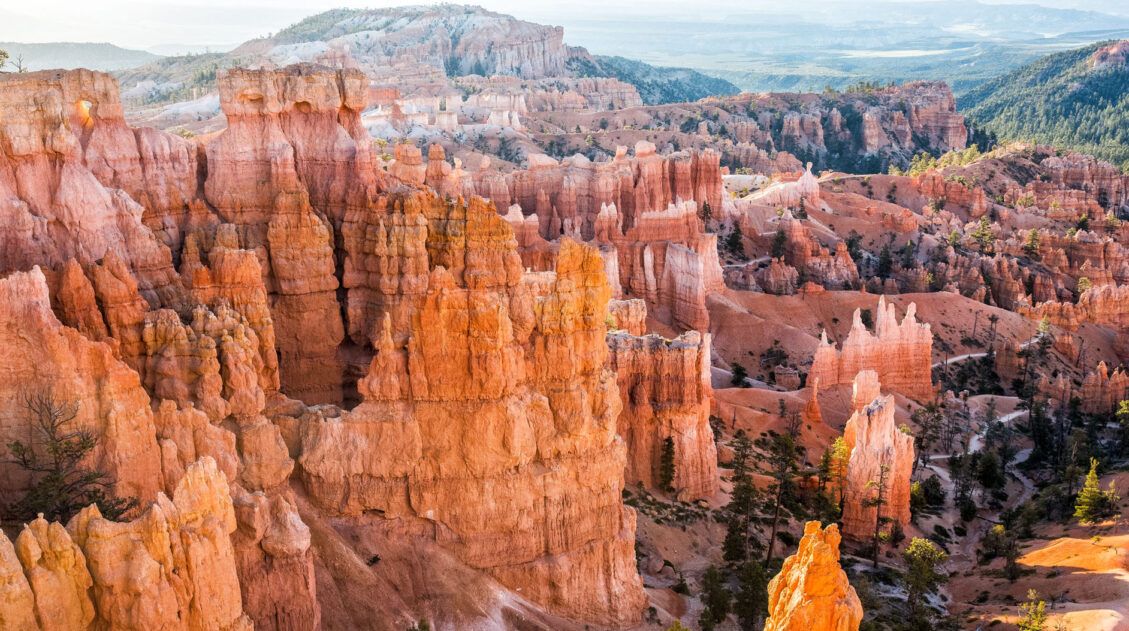

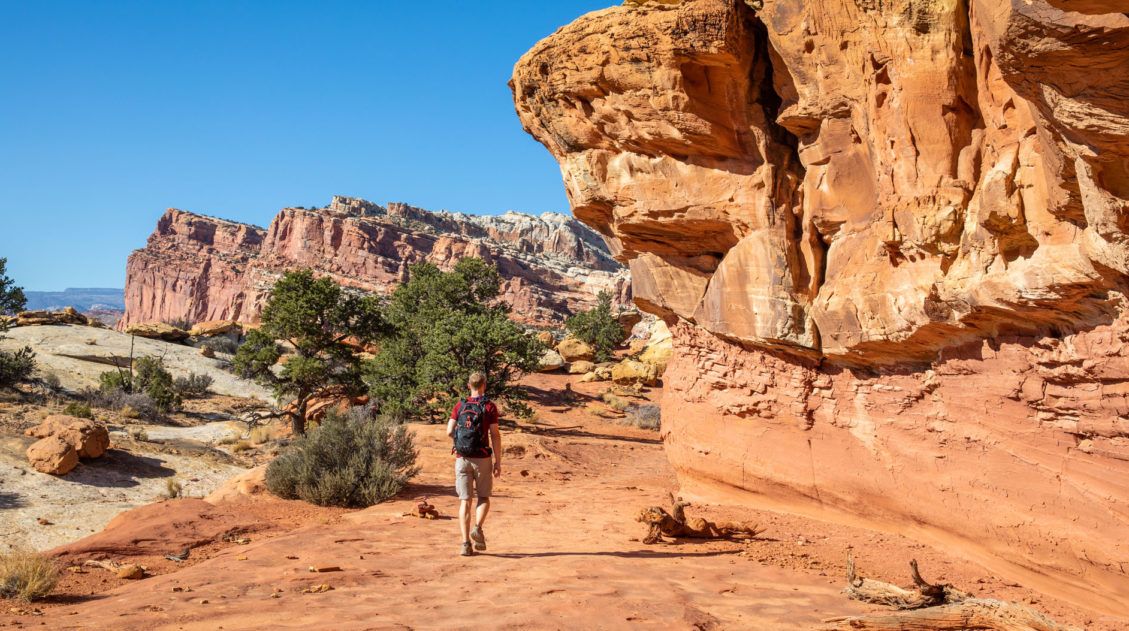
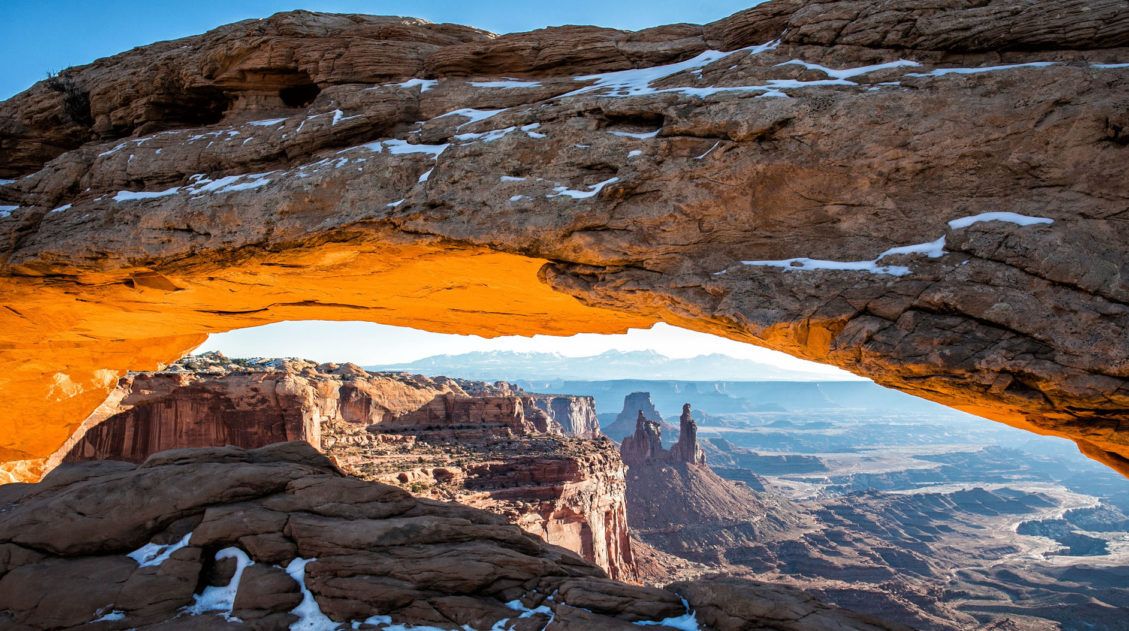
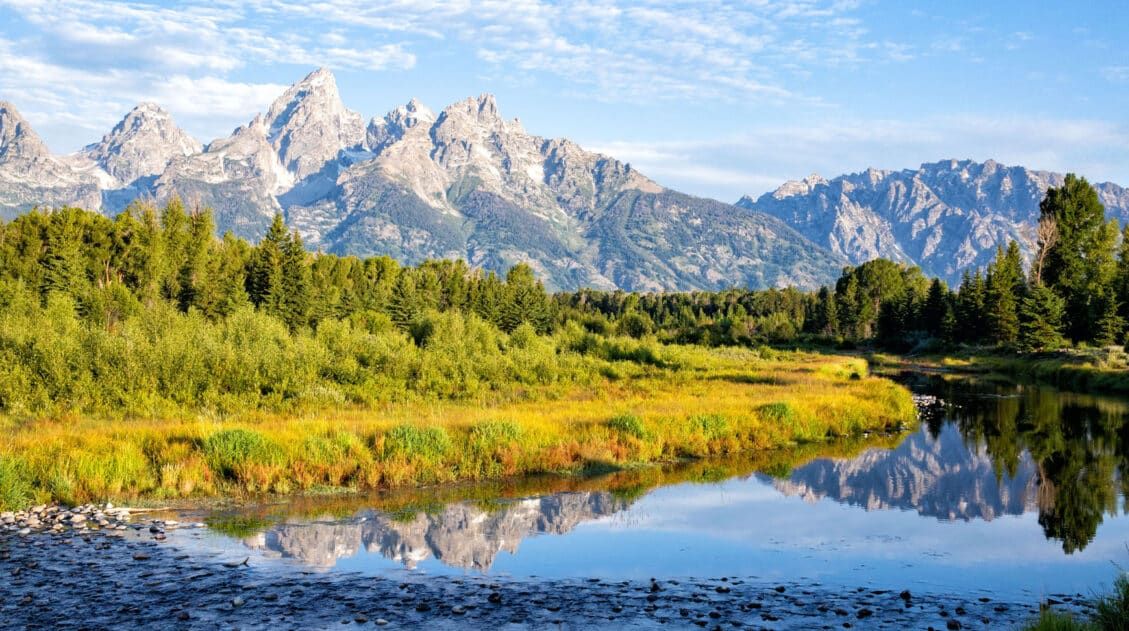
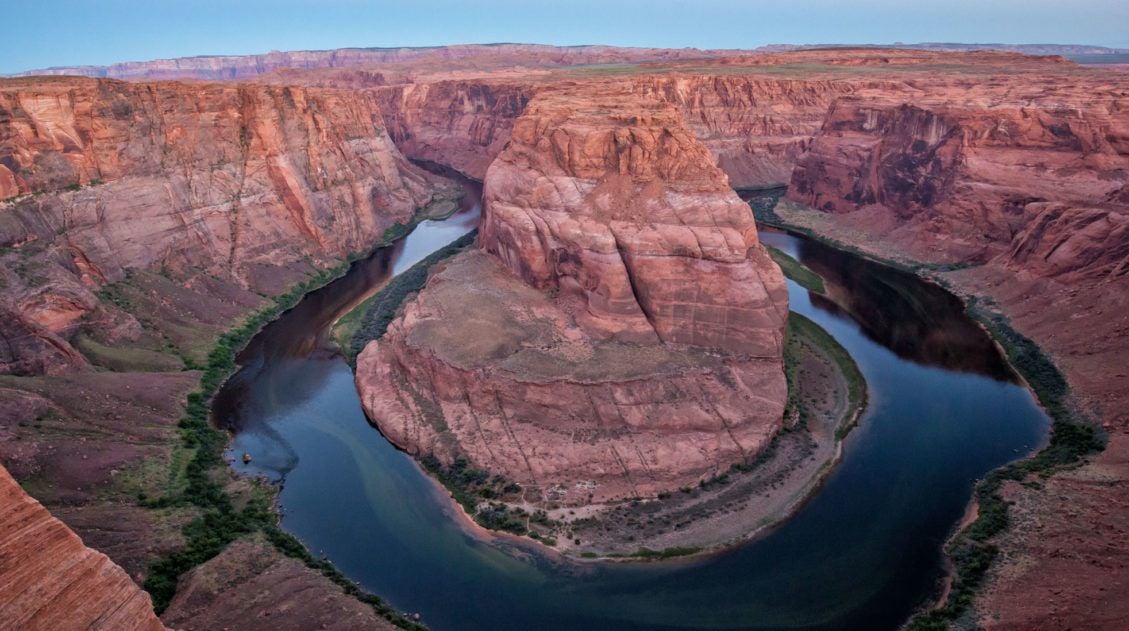
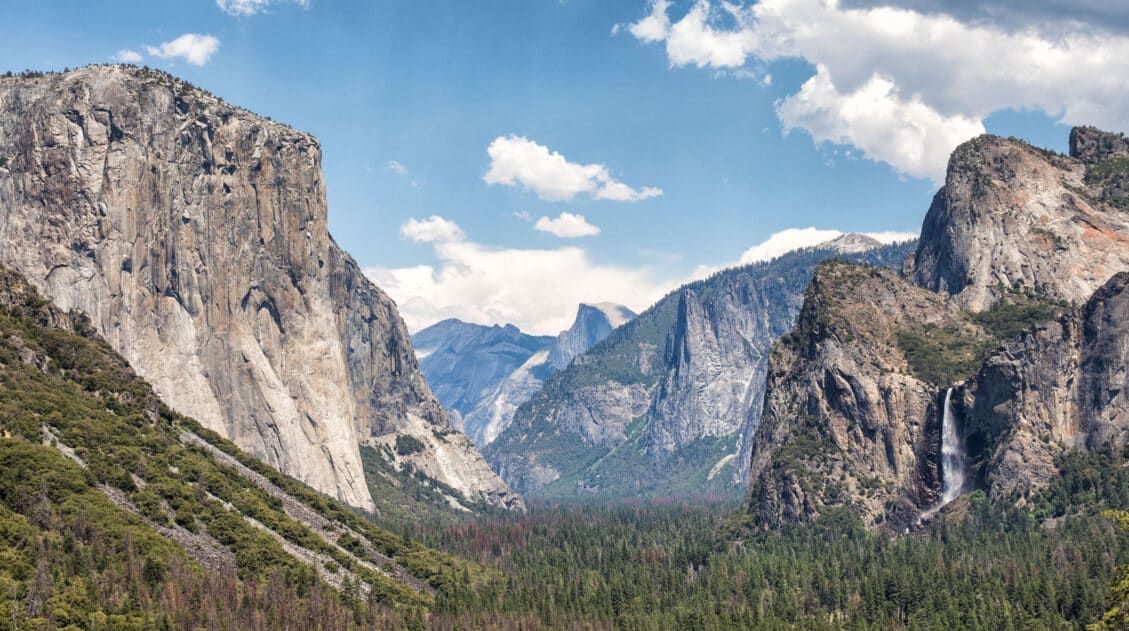

Comments 85